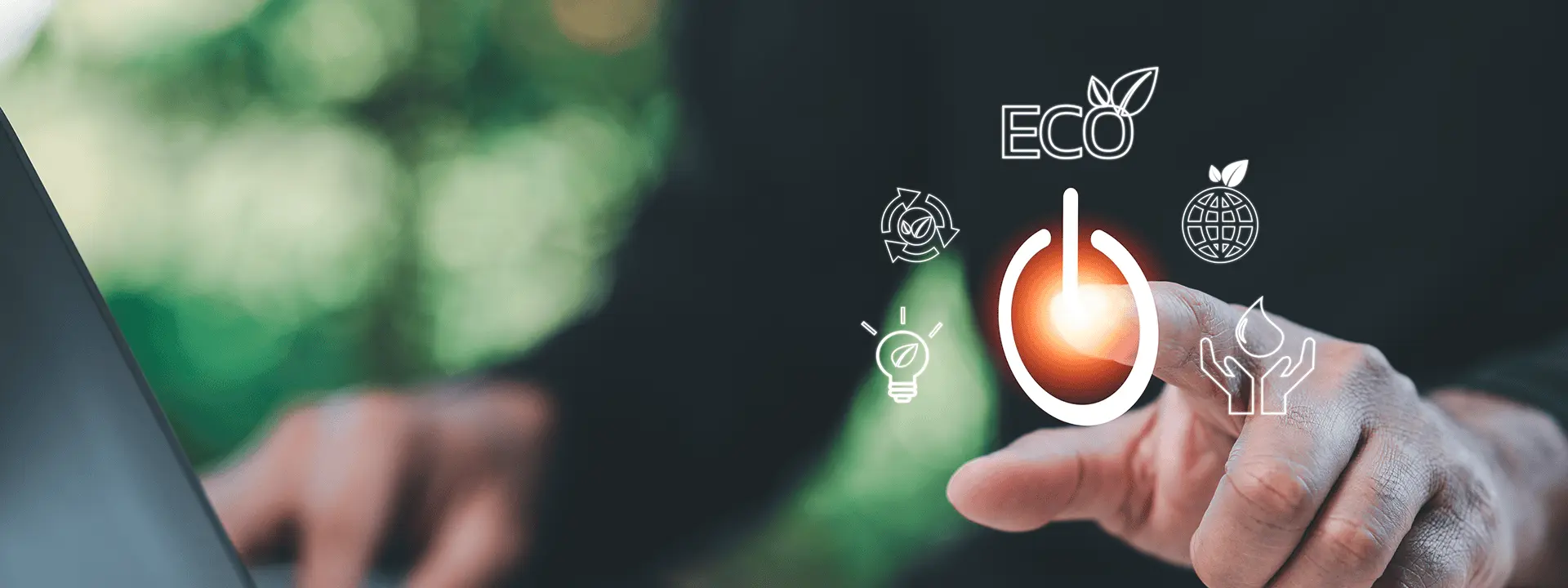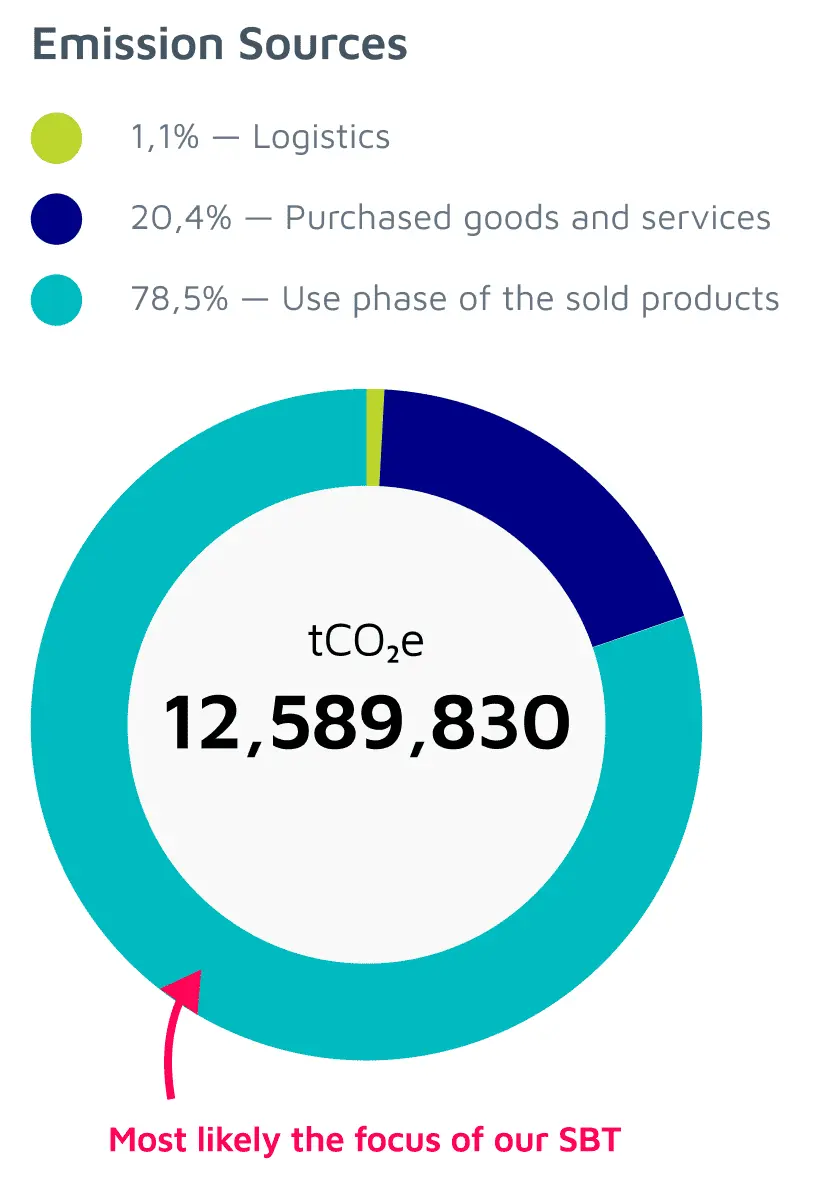Our planet is our home
On route to net zero by 2040

As a signatory of The Climate Pledge , we are committed to achieving Net Zero by 2040 and reduce our emissions ten years ahead of the Paris Agreement. We are solidifying this commitment by setting both near-term and long-term science-based targets to limit global warming to well below 2 degrees Celsius and combat climate change.
We will work to ensure that the amount of carbon emissions we produce doesn't exceed what can be balanced out or removed from the atmosphere, in line with what science has established.
Essentially, it's about decarbonizing our operations and value chain to minimize our overall carbon footprint.
Science-Based Targets: Our Pledge to the Future

Together with our partner South Pole, we have embarked on a journey to understand our total carbon footprint and identify key focus areas for emissions reduction throughout Versuni operations and supply chain. This will help us set a clear pathway to achieve our climate commitment to The Climate Pledge and to Science-Based Targets initiative (SBTi). There are three different categories of emissions, which are captured under Scope 1, 2 and 3:
Scope 1: Direct emissions from company-owned sources, like vehicles and on-site fuel combustion.
Scope 2: Indirect emissions from purchased energy, such as electricity from a utility.
Scope 3: Indirect emissions from activities not owned or controlled by the company, including business travel, logistics, purchased goods and consumer use of the appliances we produce.
Our 2022 carbon emissions assessment highlights that the primary source of CO₂ equivalent (CO₂e) emissions is from the use-phase of our products at home, falling under Scope 3. This will be the main focus of our carbon reduction strategy, to develop products that require less energy while maintaining exceptional performance and quality. This involves incorporating advanced technologies, materials, and design principles that enhance energy efficiency.
Purchased goods and services, including raw materials and finished products, are the second largest source of Scope 3 emissions. In contrast, emissions from our operations (Scopes 1 and 2) account for less than 1% of our total carbon footprint.

Understanding where our emissions come from helps us identify where to focus our efforts. By concentrating on the most significant sources, we can make more effective and impactful improvements in reducing our overall carbon footprint.
Versuni GHG Accounting 2022
Transitioning to clean energy

We are committed to sourcing clean energy in our facilities (including manufacturing facilities, offices and I&D sites), from sources like wind, solar and hydroelectric power. Since electricity usage represents around 68% of our scope 1 and 2 combined, we are focusing on making improvements in this area. This transition is already underway, with substantial investments in renewable energy infrastructure.
Sending zero waste to landfill

We aim to achieve zero waste to landfill across all our facilities by implementing comprehensive waste management strategies. This means that we aim for the waste we produce to be either reduced, recycled, or repurposed, preventing waste ending up in a landfill.
Our approach includes cutting down on waste generation, boosting recycling efforts, and finding new use areas for materials whenever possible. By doing this, we are not only minimizing our environmental footprint but also promoting a circular economy, where resources are reused and regenerated.
From January 2020, we have achieved the goal of sending zero waste to landfill from our manufacturing plant in Varginha, Brazil. We embed circular practices at our sites and put zero waste to landfill and role-mode this behavior to our suppliers, including non-manufacturing sites such as large office, warehouses and R&D facilities.